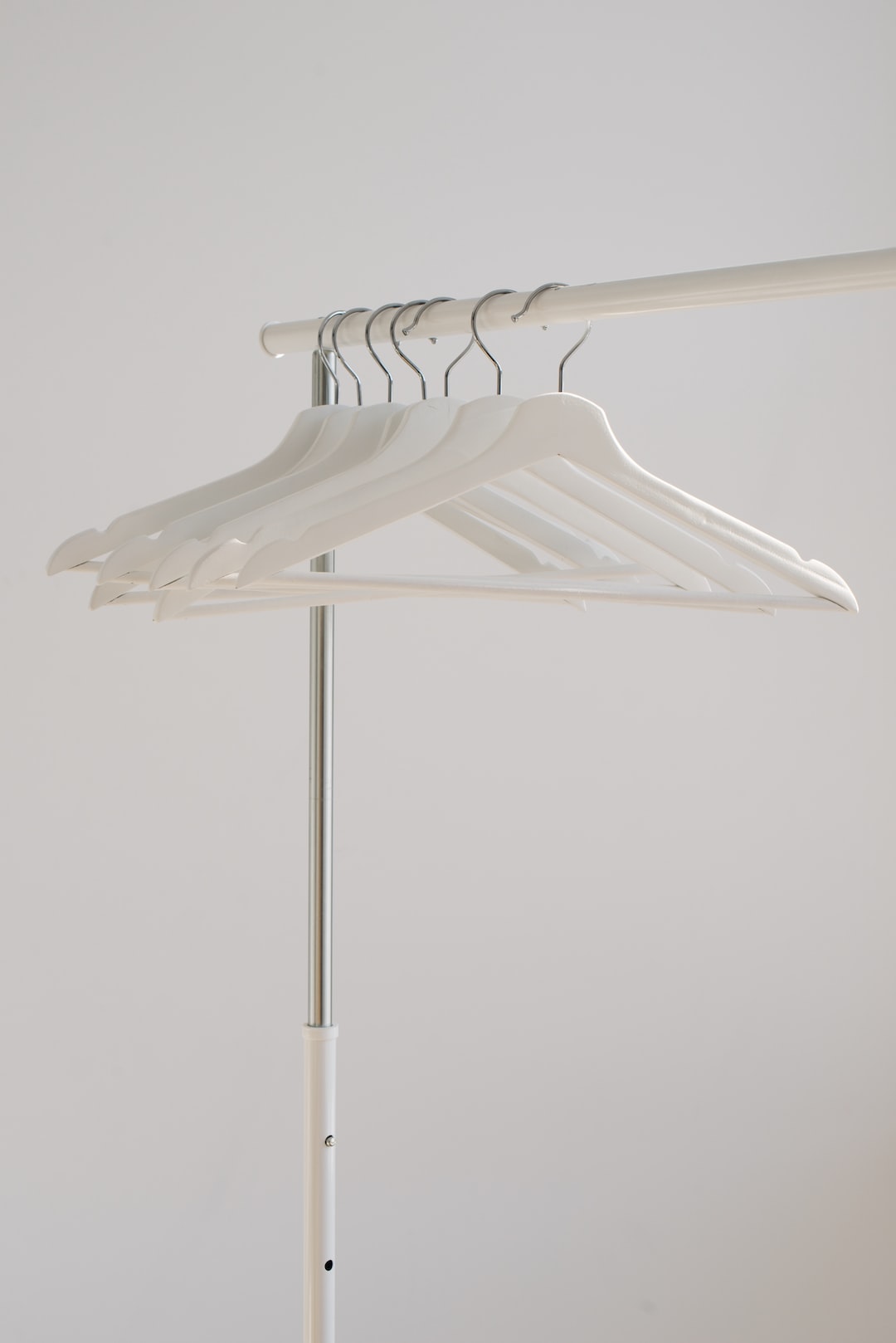The Influence of Cultural Diversity on Modern Fashion
Fashion has always been a reflection of the society we live in, constantly evolving and adapting to the ongoing changes. In recent years, one of the major driving forces behind the fashion industry’s innovation and creativity has been the influence of cultural diversity. Uniting people from different backgrounds, cultural diversity has not only brought about a plethora of unique and extraordinary fashion trends but has also revolutionized the industry as a whole.
The power of cultural diversity is evident in the way it has broken down barriers and stereotypes, giving a platform for ethnicities and traditions that were once disregarded or underrepresented. The world has become a global village, and fashion has played a crucial role in celebrating this interconnectedness. Today, we can witness a fusion of styles, patterns, and techniques from various cultures that have merged to create innovative and captivating fashion pieces.
One glaring example of the influence of cultural diversity on modern fashion is the rise of ethnic prints and textiles. Traditional fabrics like batik, ikat, Ankara, and paisley have found their way onto runways and into the wardrobes of fashion enthusiasts worldwide. These prints, originally rooted in the history and heritage of particular regions, have now become a symbol of diversity and acceptance. Through incorporating these prints into modern fashion, designers not only pay homage to different cultures but also allow consumers to embrace and appreciate diversity through their clothing choices.
Furthermore, the integration of diverse cultural elements has dramatically impacted the fashion industry’s perception of beauty. For years, the industry has been criticized for casting a narrow image of what is considered beautiful. However, with cultural diversity taking center stage, there has been a gradual shift towards inclusivity and representation. Fashion campaigns and runway shows now feature models from various ethnic backgrounds, body shapes, and sizes, challenging the traditional beauty norms and promoting diversity as the new standard of beauty.
Moreover, the influence of cultural diversity goes beyond just aesthetics. It has also prompted discussions surrounding cultural appropriation and the importance of giving credit where it is due. Fashion designers and brands are now more aware of the need to respect cultural traditions and avoid appropriating them for commercial gain. This increased sensitivity has opened up dialogue and collaboration between designers and artisans from different cultures, leading to mutually beneficial partnerships and ensuring fair representation of cultural heritage.
The influence of cultural diversity on modern fashion is not limited to the aesthetic realm. It also extends to sustainability and ethical practices. Many traditional cultures have long embraced sustainable practices such as handcrafting, natural dyeing, and upcycling. As sustainability becomes a pressing issue in the fashion industry, designers are turning to these age-old techniques to create eco-friendly and socially responsible fashion. By incorporating these practices into their collections, they not only preserve cultural traditions but also reduce their ecological footprint, contributing positively to the environment.
In conclusion, the influence of cultural diversity on modern fashion has been undeniably transformative. It has brought a fresh perspective, challenged the status quo, and opened doors for underrepresented voices. As we move forward, it is essential to continue celebrating diversity in fashion and fostering a global community that appreciates the richness and beauty of cultures from all around the world. Only through embracing cultural diversity can we truly witness the endless possibilities that lie at the intersection of fashion and culture.

